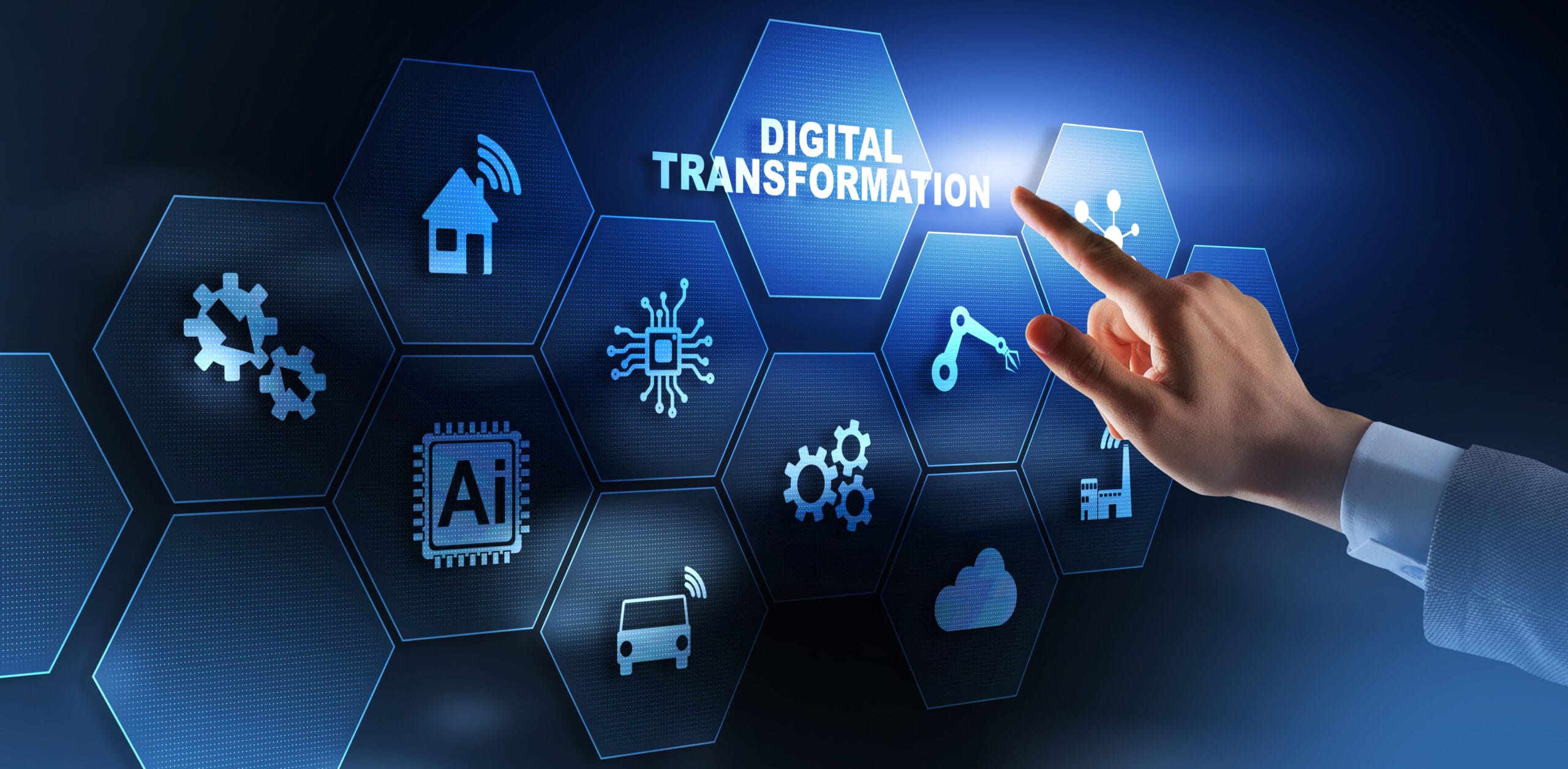Analysis paralysis – we’ve all wallowed in it at some time or other, that overanalysis or overthinking of alternatives that prevents an individual or a group from making a decision. How can product managers stop themselves from doing it and how can leaders foster a culture where it doesn’t happen?
How to recognise it
Analysis paralysis has an impact on our performance and creativity, but we don’t always recognise when we’re mired in it. Says Randy Silver, a product coach and host of our Product Experience podcast: “Sometimes people lose the forest for the trees. Usually it takes somebody else to say something before you realise.”
It can happen to the best of us. Randy tells of a time when he worked in a B2B financial services business, and developed a new product that was subject to all the financial regulatory and compliance issues that can make it difficult to work iteratively in that space. “we were doing something that was quite big bang, with a group of components. Any individual component was useless on its own.”
The product took over a year to build. Randy and his team spent months in analysis paralysis, going round in circles debating whether they were building it the right way. He says that regular communication goes a long way towards preventing analysis paralysis. Providing regular updates to your boss and your stakeholders “is one good jolt” to prevent it. “Another is the team. Do they feel like they’re inspired,like they’re making progress,like they know what to do?,” he adds.
Ways to avoid analysis paralysis
Set internal achievable goals
Things would have been different for Randy’s fintech product if there had been internal goals. With hindsight, they should have set individual goals, so that they could prove a component worked to their satisfaction so they could build the next one.
He says: “I should have set a number of specific achievable internal goals for some of those components. I should have said, ‘let’s get the basic infrastructure right. Forget the user experience for now, let’s make sure the engine is satisfactory. We can iterate on user experience’. “
Use a decision-making framework
Amazon’s Jeff Bezos is the most famous exponent of Type 1 vs. Type 2 decisions, which he discussed in his 2016 letter to shareholders. Today, it’s widely used to avoid analysis paralysis and is a simple but effective framework for decision-making.
All decisions fall into two categories, depending on their impact. Type 1 decisions are also known as ‘one-way doors’, and Type 2 decisions are also known as ‘two-way doors’.
This is how it works:
- make a Type 1 decision and you can open a door to go through it, but not return.
- make a Type 2 decision and, if it doesn’t work, you can always go back
- Type 1 decisions are infrequent, most are Type 2, but it’s easy to get the two types muddled up.
- the more you make decisions, the better you get at working out which type to use.
Type 1 decisions require you to take time to gather data and uncover your options; work out non-negotiables and separate these from nice-to-knows; weigh the evidence and choose the decision offering the best solution; take action then review and monitor the impact.
Most decisions are Type 2 and reversible but they still require sound judgement. You should make them quickly, but without rushing or over-analysing. You should prepare to be wrong and not worry about being perfect. You can analyse later and come back to it if needed.
Keep up with regular communication
Providing regular updates to your boss and your stakeholders “is one good jolt” to prevent analysis paralysis, says Randy. “Another is the team. Do they feel like they’re inspired, like they’re making progress, as if they know what to do?” he adds.
Foster psychological safety
It’s been said many times, but psychological safety is key to obviating analysis paralysis. A team should understand that they won’t be punished if they try something that doesn’t work. A culture of psychological safety gets people excited about learning and contributing ideas.
But you’ll still get stuck
Remember that even successful teams get stuck. Even with all the frameworks and processes at your disposal, even with a culture of psychological safety, you’ll likely still get stuck in analysis paralysis.
Teams at Pendo started work on the company’s AI strategy about two years ago. Its machine learning engineers looked for trends in the data and created a retention model. Says Pendo Chief Product Officer Trisha Price: “They created an incredible model, one that told us which were the sticky features, so that if we got customers to adopt them they would never leave.”
Then they got stuck – for about six months – because they couldn’t work out what the user experience should be and where to put it in the product. Says Trisha: “We had design partners, we did different designs, we had this amazing feature, but everything fell flat.”
What they’d done, says Trisha, was to try running Product from the inside out rather than the outside in – they’d been looking at a solution to a problem, rather than the problem they needed to solve. She concludes: “We needed to forget about the model, forget about the data, and go back to the basics of product management, which is always outside in, always what is the problem you’re trying to solve. Once we’d taken this step back, we got unstuck.”
Further resources
Psychologist Barry Schwartz’s TED talk on the paradox of choice, which states that an abundance of options can require more effort to choose and leave us feeling unsatisfied with the choice we make
Type 1 and Type 2 Decisions (Bezos) – Explained
Why is psychological safety at odds with the way we work? By Matt LeMay








Comments
Join the community
Sign up for free to share your thoughts